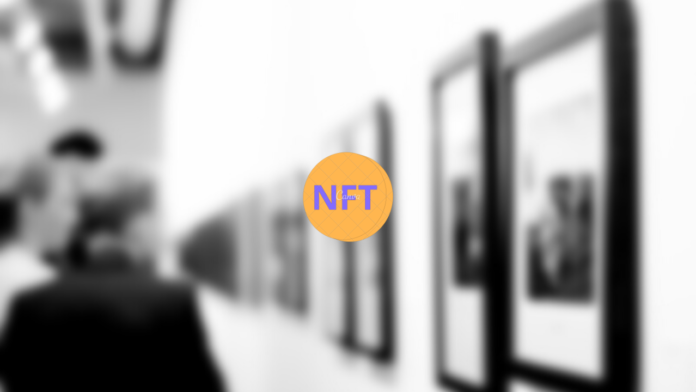The Crypto industry has grown at a pretty significant pace this year. Period. However, one industry that has heavily benefited from it is the NFT industry. Unlike crypto, the NFT industry has steadily grown without any setbacks. Moreover, many major influential brands like Coca-Cola, McDonald’s, Burger King, Vogue, etcetera have stepped into this highly popular industry with their NFT project.
Unfortunately, with the rise in popularity, the number of scammers and hackers on the platform will increase too. Given that it is significantly harder to catch the wrongdoers thanks to the privacy-focused architecture, it’s better to evaluate and look out for ‘red flags’ while purchasing NFTs.
Today we’ll talk about some of the ways you check whether an NFT project is legit or not.
Have a look at the activity of the NFT project.
Arguably the most crucial factor, evaluating the validity of an NFT project can provide valuable information about the brand. Generally, an NFT collection with a history of active trading is mostly a legit one. Stumbling upon regular media coverage, one can evaluate the legitimacy of the project and provide an outlook on its value.
NFT projects usually have multiple communities across platforms. Have a look at them.
Projects with vibrant communities are more likely to be legitimate ones. Communities broadcast info about the collections across the industry. This, in turn, helps in the growth of the NFT project. Conversely, NFT projects with little to no community are not necessarily bad but can become a big differentiator when coupled with other factors.
Who has launched/sanctioned the NFT?
It’s a no-brainer. If a major brand, celebrity, athlete, or artist has launched/sanctioned an NFT, it’s most likely a legitimate NFT project. This factor also applies to the creator of the NFT. Even if the influencer or celebrity hasn’t launched the project by themself, the creator of the NFT can easily let you decide about its legitimacy.
Regarding the underlining of the NFT project.
The majority of the NFT market relies on the Ethereum blockchain. It has emerged as the most popular blockchain for NFT creators and brands. However, Ethereum has seen issues like congestion and high gas fees, due to which it is slowly losing its market share. As a result, new competitors like Solana have stepped into the market with their systems.
It’s easier for collectors to trust their artworks on Ethereum as it is an established blockchain. What this means is: effectively, the artworks will last ‘forever’. However, on the other hand, some blockchains can offer a much more ‘attainable’ price for the NFTs through a shorter time period.
Final Thoughts
Evaluating an NFT project is by no means an easy task. After the explosion of various sorts of NFTs. It can become a tiring affair to have a look at all of them. Also, while the abovementioned points can provide you a more unambiguous indication of which NFTs to stay away from, it isn’t a ‘bullet-proof’ strategy.
Fret not. If you are seriously interested in buying a particular NFT collection, have a detailed look at it. Then, after a detailed inspection, have a conversation with some of the experienced folks in the industry. Following that, it’ll make your decision quite a bit easier for your purchase and prevent you from indulging in illegitimate products.
Related Stories:
